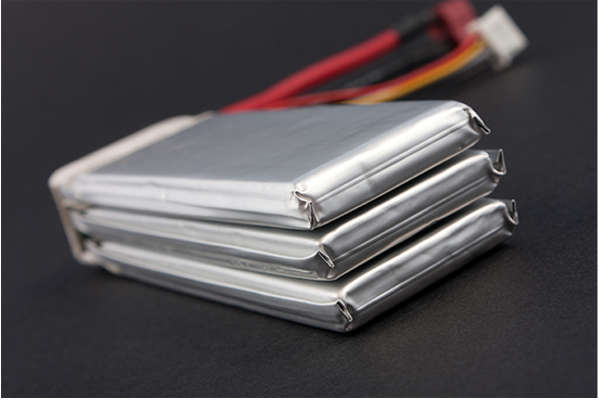- Despite their relative maturity, data-science practices among these diverse groups are far behind the state of the art in other fields, which have demonstrated an ability to significantly improve innovation and economic impact.
- The primary roadblock to a battery-data-science renaissance is the requirement for large amounts of high-quality data, which are not available in the currently fragmented ecosystem.
- Here, researchers identify gaps and propose principles that enable the solution by building a robust community of data hubs with standardized practices and flexible sharing options that will seed advanced tools spanning innovation to deployment.
Recent advances in machine learning and artificial intelligence (AI) are leading to breakthroughs in battery research. Scientists at the National Renewable Energy Laboratory (NREL) already use these complex computer algorithms to characterize battery performance, lifetime, and safety.
However, the continued evolution of data science relies on high-quality and robust data far beyond the capabilities of any single entity. Top battery researchers across the globe—including those at NREL—are joining an ambitious movement to spur technology development through a shared Battery Data Genome (subscription required).
“Battery cell suppliers introduce new battery designs roughly every 18 months,” NREL Senior Energy Storage Researcher Kandler Smith said. “However, it can take a system designer 12 months or longer to characterize a new cell for their application. As a community, we need to accelerate battery development and deployment to better transfer learnings from one battery chemistry to the next.”
The Battery Data Genome initiative captures the collaborative spirit, deliberate focus, and urgency demonstrated by the Human Genome Project, an international effort to sequence the human genome in the 1990s. Like the Human Genome Project, the Battery Data Genome aims to encourage increased data generation, collection, and storage with flexible sharing to accelerate the development of new energy storage solutions to meet decarbonization goals. NREL supports the Battery Data Genome project as part of an international consortium led by scientists at the U.S. Department of Energy’s (DOE) Argonne and Idaho National Laboratories.
Building a battery data genome
The Battery Data Genome seeks to collect data from every step of the battery life cycle, from discovery to development to manufacturing and all manner of deployments. Having universal standards for data management for each segment of the battery community is required for data creation. This is accomplished using AI algorithms designed to identify everything from new candidate electrode materials to improved battery pack construction to cell lifetimes.
“This is a call to action. We’re trying to energize and organize the battery community to contribute their data whenever possible, to as many people as possible, to enable powerful data science methods to catalyze breakthroughs,” Argonne Battery Scientist Noah Paulson said.
“When data come in many different formats, don’t include how they’re collected, and aren’t frequently shared among different groups, it becomes very difficult to do the kind of large-scale AI analysis and predictions necessary to speed the development and deployment of new batteries.”
Building a repository of consistent and accessible data requires that companies work together to format information in a specific way with uniform standards for metadata—which identify how the data are collected. Although these standards do not currently exist, enhanced collaboration through the Battery Data Genome is necessary to improve the accessibility and sharing of crucial data.
Flexible data sharing increases industry collaboration
To attract as many partners as possible, the Battery Data Genome team acknowledges the importance of many options for data sharing. Not all data included within this project needs to be shared openly for success—the perspective provides many examples of different sharing scenarios, and only some are fully open. Even project teams unable to contribute their data, such as industry partners, are invited to join the Battery Data Genome and take advantage of data shared by academic or government partners.
“Based on other genome initiatives, we are confident that open battery data and sharing challenges will catalyze researchers to improve algorithms and experimental methods,” NREL Energy Storage Scientist Donal Finegan said. “Standardization will speed up the analysis of proprietary and non-proprietary data sets alike.”
With increased access to valuable battery data, NREL researchers hope to continue improving physics models and AI methodologies to optimize battery development. Information from the Battery Data Genome can help support research into transport properties, reaction rates, and thermodynamic capacity for next-generation cell designs. These models also provide a rough prediction of how a battery might perform and use it to screen new chemistries.
“I truly believe that together, we can help accelerate the rate of innovation and increase the adoption of battery-powered electric vehicles and energy storage systems to support a decarbonized electric grid,” Smith said.
“Principles of the Battery Data Genome” is published in Joule.
—
Publication Referenced in the Article:
Logan Ward et al, Principles of the Battery Data Genome, Joule (2022). DOI: 10.1016/j.joule.2022.08.008
—
This article was written by the team at the National Renewable Energy Laboratory.









Comments